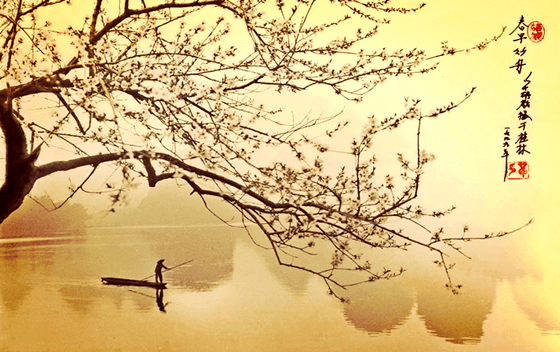Haiku is a small poem inspired by the emotion of the moment, surprise and our connection with nature, it is a Japanese tradition that discovers the soul to promote its recovery, a value, endurance and courage, in fact, given its cathartic and liberating effect, we are faced with a psychological tool, in addition to aesthetic, of great use.
There are those who say that the brain is like a museum where there are infinite rooms with distorted images, finding the meaning of what is in each one is not always easy, so sometimes it can be very useful to use other artistic techniques to capture meanings, find order in chaos and calm down in the noise.
- That’s what the Haikus can do.
- Are they short poems composed of three verses of 5.
- 7 and 5 syllables?Where the goal is to look at the universal with children’s eyes.
- Transcend the common to the magician and extinguish obsessive and ruminant thinking.
- To focus on the emotion of the moment.
For many, it’s almost like looking at the world through a drop of dew, being connected at a specific time, and having a different, more intense and much brighter perspective.
Robert Epstein is a writer and psychologist at Harvard University. Thanks to books like “The Sacred in Contemporary Haiku?” Oa many of his articles that defend the benefits of the use of haiku in therapy, it is known, for example, that this type of writing is very useful in the treatment of addictions. In fact, as Dr. Epstein himself says, “a good Haiku does wonders for the tired soul. “
We are not dealing with a type of treatment that alone can promote complete healing or the remission of an addiction or depressive process, it is a timely and complementary tool, which promotes connection with oneself and finds, in turn, the forgotten space where there is hope, the path of resilience. Like bamboo, this is where you can be much stronger and more flexible in the face of adversity.
On the other hand, it is common for haiku to be frequently associated with the Zen world, but it is a much older practice, if it is true that this philosophy used Haiku to spread, it is a much older and more distant type of poetry. For Japanese culture, this has always been the channel of expression and emotional liberation for Japanese man or woman, contemplating the calm of nature, to find a way to give in and escape sadness, desire or misfortune.
It is also interesting to know that many experts consider Haiku as an exceptional way of practicing mindfulness that characterizes mindfulness, the person must be open, they must be receptive to the sensory world to capture the moment and become aware of their inner world. It is a great tool for learning how to “slow down”, put worry in perspective, and generate feelings of calm, peace, and compassion.
Matsuo Basho is the most famous poet of the Edo period in Japan and one of the people who most popularized the use of haiku, in his words, a good poem is able to capture the essence of a moment, a moment of time between us, our soul and nature itself.
If we want to delv into this therapeutic art the following indications will be of great use to us, it can be said that its true usefulness, however, comes with time and practice, at this time when we stop thinking about rules, metrics and structure to simply free our minds.
Finally, and to conclude, remember that a haiku is a brushstroke in time born from the writer’s heart, it is a channel, a sigh in which we express ourselves, so, as a simple tip, just remember that the most beautiful It is the haikus who make the leap to the third verse, where the first two make a simple introduction to leave the last impression being the best.

